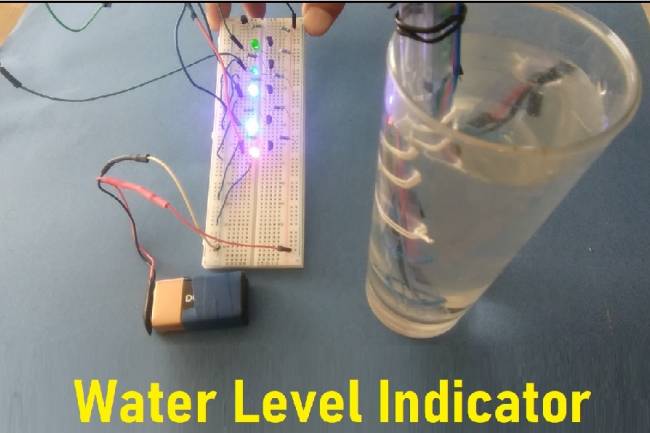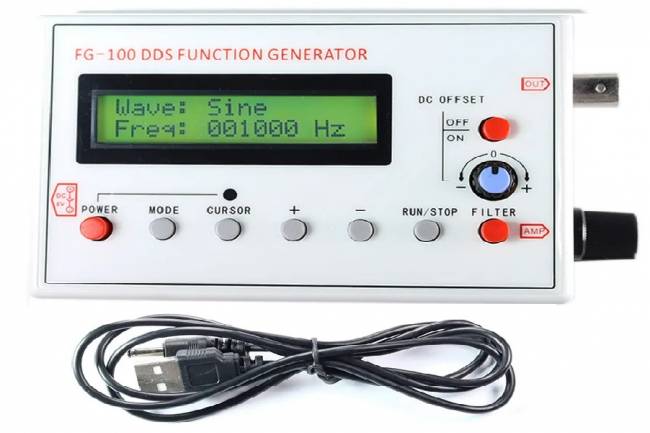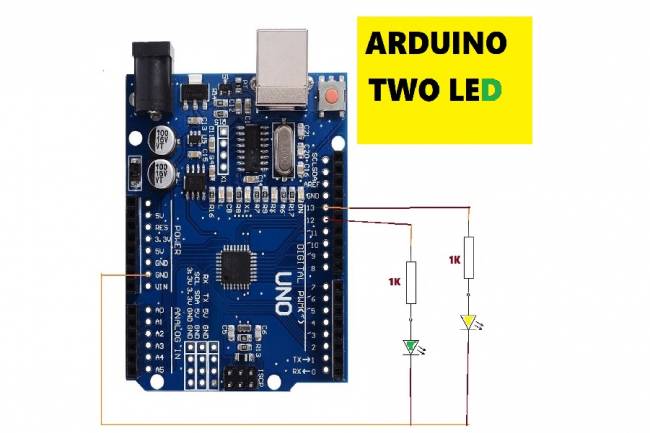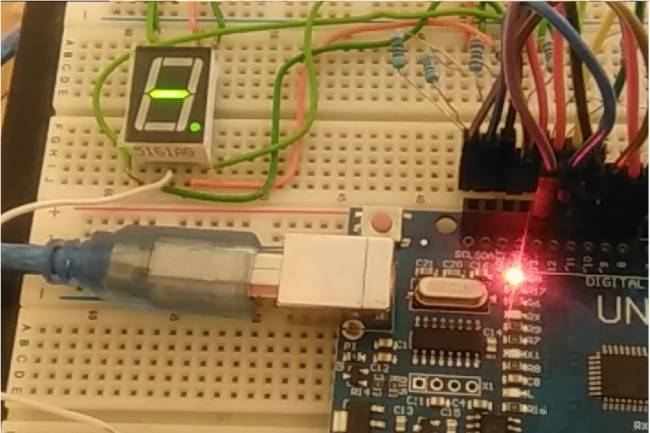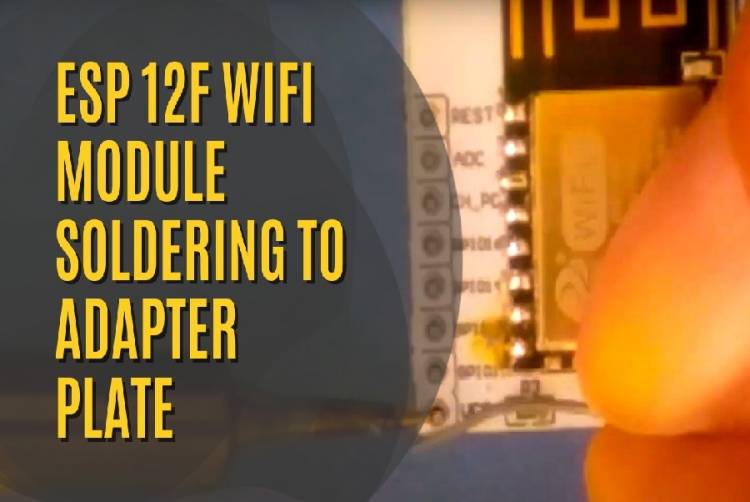
ESP12F Wi-Fi Module Soldering for IoT Studies
We will also include IoT (Internet of Thing) applications in our electronics laboratory.
There are small electronic modules that allow us to connect our systems to the network-internet. One of them is the ESP Wi-Fi modules, which are widely used in the market. First of all, let's briefly explain what the concept called IoT is.
This app will be a preparatory app. We will first solder the ESP 12F module to a suitable plate. There is a video about the first phase of our application on our Youtube channel. We will use this module a lot in our future applications.
IoT is about connecting every device that we can think of to a network-internet in the network-internet environment. It is concerned with observing and controlling many devices such as a thermometer, a humidity sensing system, human pulse-blood level measuring devices, motors, ground shaking sensors. In short; when we connect a wi-fi or bluetooth communication module to a temperature meter, receive and process analog data; The temperature meter has actually turned into an IoT.
Of course, the system does not stop there. Data from IoTs need to be processed and interpreted through software. Data from IoT is processed by software. These software can be normal control software or artificial intelligence software. In particular, we talked about this in an article about artificial intelligence. You can click this link to access the article. What is Artificial Intelligence
The ESP 12F Wi-Fi module, which we will implement, is a very economical, functional and low power module. It uses the ESP8266 chip. Below is the specific technical information about the ESP 12F module:
- 32-bit MCU
- 10-bit ADC
- Supports TCP/IP protocol
- Built-in TR switch, balun, LNA, power amplifier and matching network
- Internal PLL, regulators and power management units
- Supports antenna diversity
- Wi-Fi 2.4 GHz supports WPA / WPA2
- Supports STA / AP / STA + AP working modes
- Supports Smart Link Function for both Android and iOS devices
- SDIO 2.0, (H)SPI, UART, I2C, I2S, IRDA, PWM, GPIO
There are two ways to communicate with this module. USB mode and UART mode. We will use the UART mode in our application in the laboratory. We will perform data communication using the TX and RX pins. Communication in UART mode uses modem communication commands. With the help of commands starting with "AT", we will be able to use our wi-fi module in Station(ST), Access Point(ST+AP) and both Station and Access Point modes.
We can operate the ESP 12F module in two modes.
Mode GPIO15 GPIO0 GPIO2
Flash Boot low high high
UART low low high



